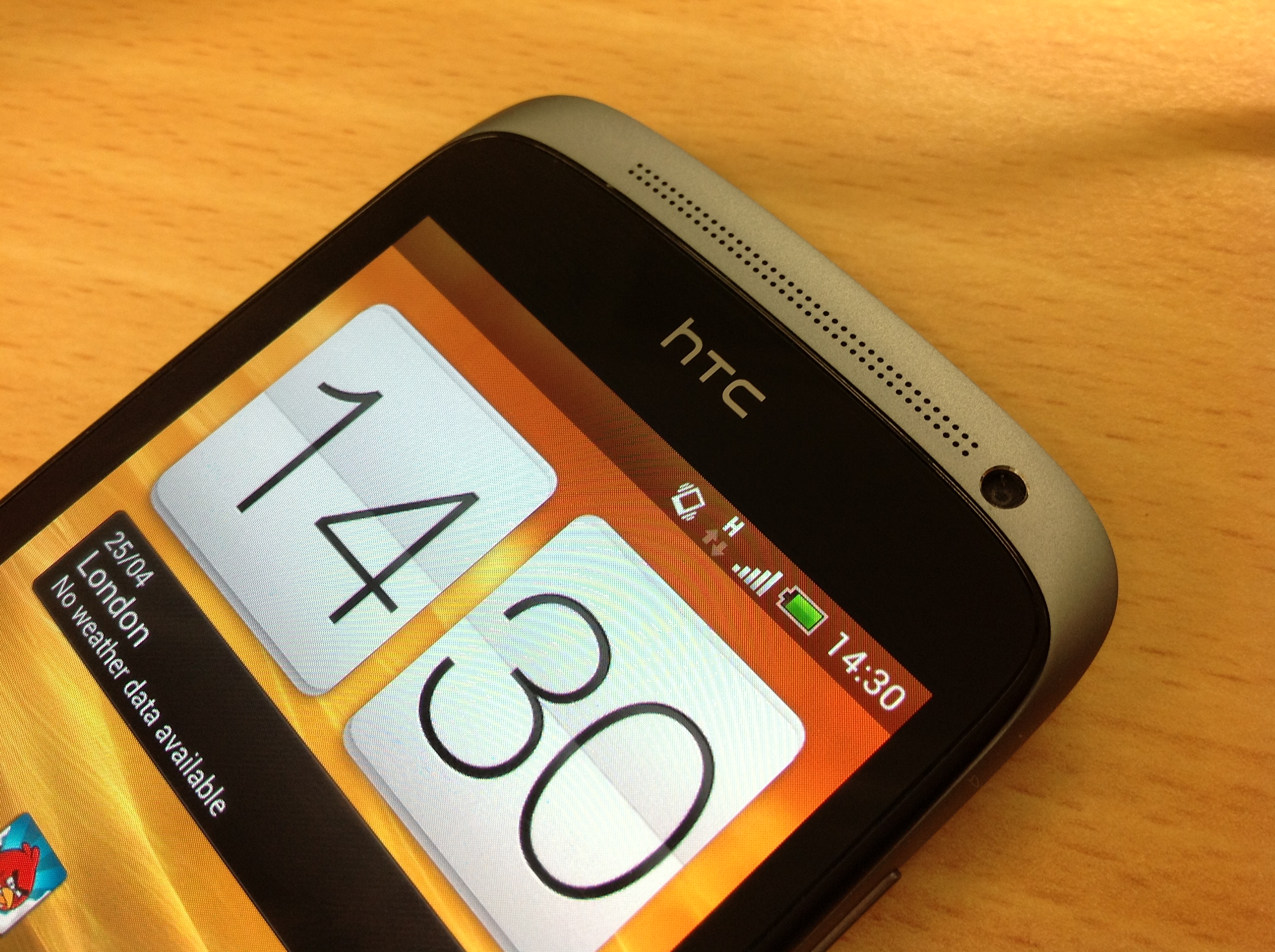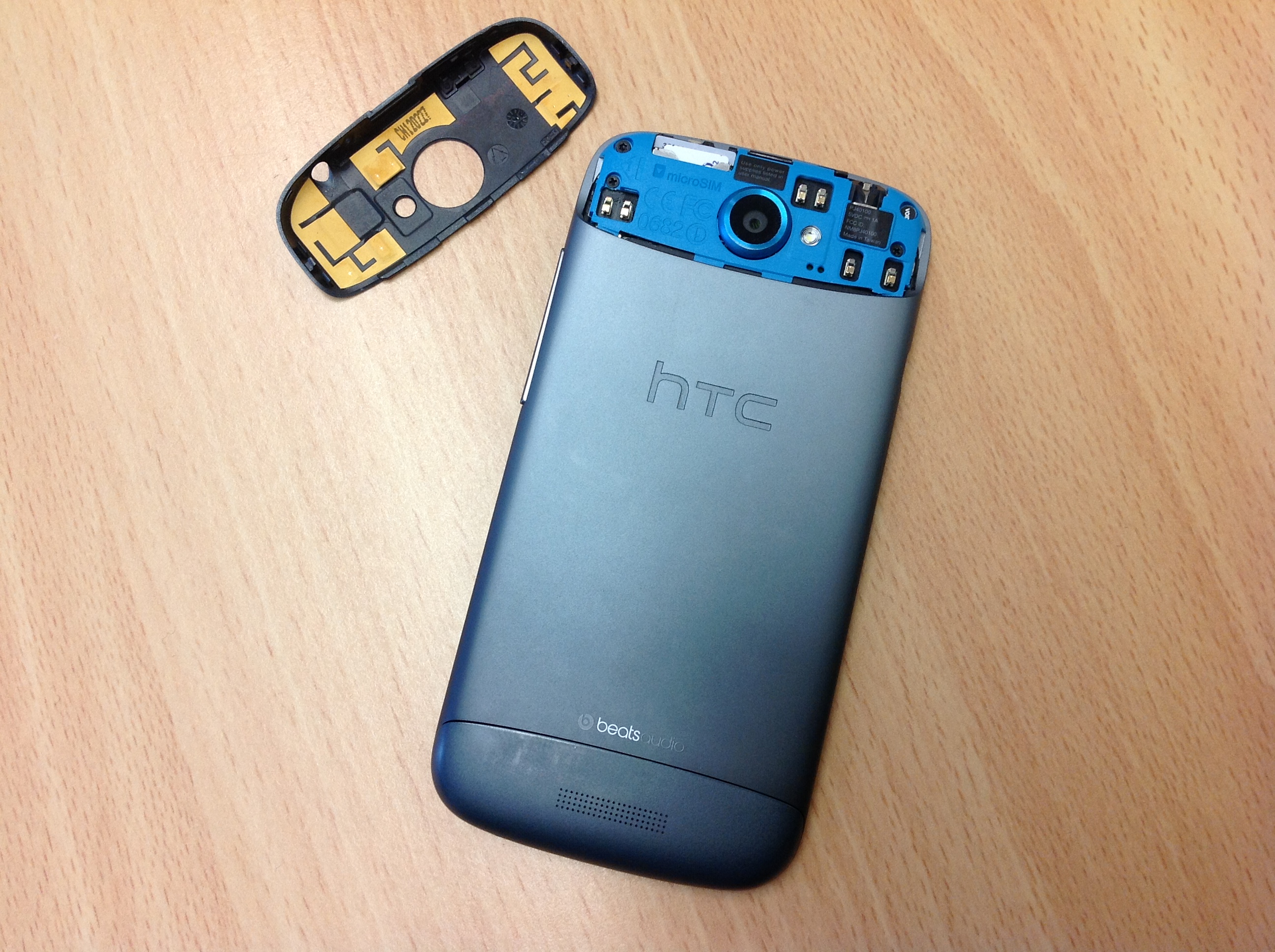HTC One S review
This 4.3in Android Ice Cream Sandwich handset comes with a 1.5GHz dual-core processor and lightweight chassis, but it's the all-day battery life which is the outstanding feature.
The One S is the best 4.3in Android device on the market when it comes to features, battery life and design. HTC Sense is simply the best pre-installed overlay available from a manufacturer.
Design and Display
The 7.8mm thick chassis means the device is not much thicker than a pancake. The 119.5g weight, may not make it as light as the Samsung Galaxy S II (116g), but it is noticeably lighter than fellow Android ICS handset, the Samsung Galaxy Nexus (135g). When holding the One S for the first time, you won't believe the battery is sealed inside, it is so light.

HTC has created speaker holes using micro-drilling instead of cutting out a chuck of the chassis and using a plastic grill. This might be a small detail, but provides an exceptional boost to call clarity. Noise cancelling has also been enhanced and we were surprised at the clarity of phone calls when walking down noisy streets such as Tottenham Court Road and Euston Road.
Access to the microSIM slot is provided by flicking off a piece from the back cover. This does feel flimsy, and is the only part of the design which we are not too keen on.

The 4.3in display uses Super AMOLED technology, which provides a 540 x 960 resolution and has a pixel density of 256ppi. This isn't as crisp or bright as the Super IPS screen found on the HTC One X, which has a 720 x 1280 resolution and a pixel density of 312 ppi. However, we had no issues with clarity or colour reproduction provided by the One S.
AMOLED technology is known for providing bright images, and this is particularly noticeable when watching videos. HTC has found the balance between delivering good picture quality and battery life.

Sign up today and you will receive a free copy of our Future Focus 2025 report - the leading guidance on AI, cybersecurity and other IT challenges as per 700+ senior executives
-
 CISPE claims European Commission gave Broadcom a ‘blank cheque to raise prices, lock-in, and squeeze customers’ with VMware deal
CISPE claims European Commission gave Broadcom a ‘blank cheque to raise prices, lock-in, and squeeze customers’ with VMware dealNews Cloud providers have issued a formal response to the General Court of the European Union after the Commission defended its approval of the deal
By Emma Woollacott Published
-
 Nutanix wants to help customers shore up cloud sovereignty
Nutanix wants to help customers shore up cloud sovereigntyNews New automation tools and infrastructure management capabilities look to tackle single-vendor dependency and shore up sovereignty requirements
By Ross Kelly Published
-
 The NCSC touts honeypots and ‘cyber deception’ tactics as the key to combating hackers — but they could ‘lead to a false sense of security’
The NCSC touts honeypots and ‘cyber deception’ tactics as the key to combating hackers — but they could ‘lead to a false sense of security’News Trials to test the real-world effectiveness of cyber deception solutions have produced positive results so far
By Emma Woollacott Published